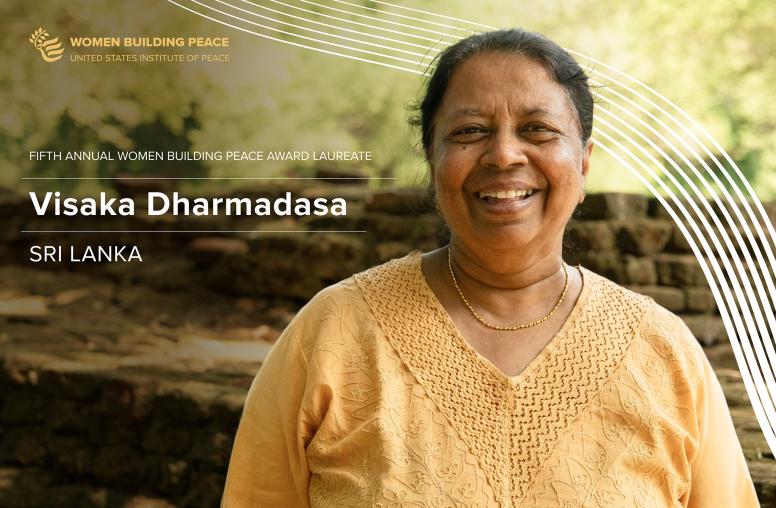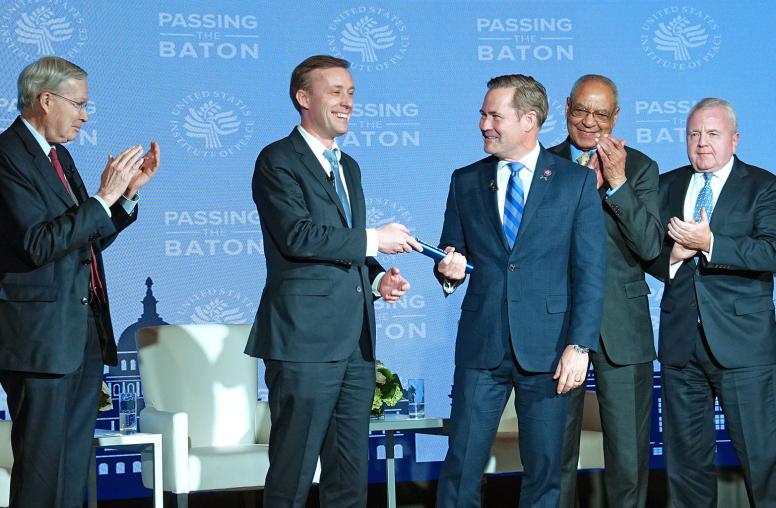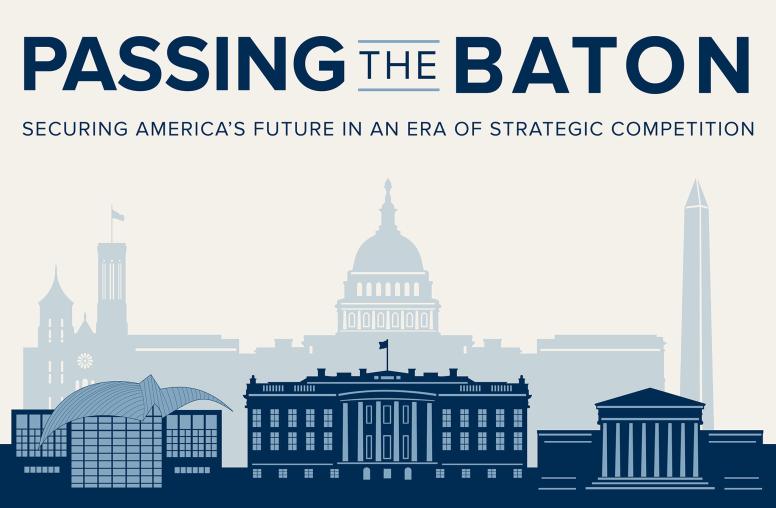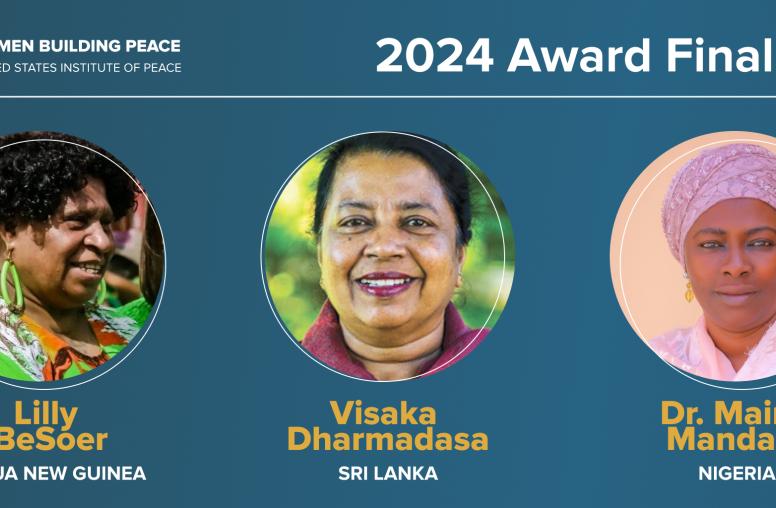The Prospects for Peace
Institute President Richard H. Solomon speaks at the Smithsonian Institution's "America's Millennium on the Mall" in Washington D.C.
 This address was delivered January 2, 2000 at the "Future Visions" lecture series at the Ring Auditorium in the Hirshhorn Museumin Washington, D.C. as part of America's Millennium on the Mall Celebration.The "Future Visions" series, including the Prospects for Peace session, was designed to encourage distinguished public figures and commentators to discuss and imagine what life may be like in the new millennium.
This address was delivered January 2, 2000 at the "Future Visions" lecture series at the Ring Auditorium in the Hirshhorn Museumin Washington, D.C. as part of America's Millennium on the Mall Celebration.The "Future Visions" series, including the Prospects for Peace session, was designed to encourage distinguished public figures and commentators to discuss and imagine what life may be like in the new millennium.
The Prospects for Peace Session was moderated by Allen Weinstein, President of theCenter for Democracyand member of the U.S. Institute of Peace Board of Directors.
Thank you, Allen [Weinstein]. It's an honor to be with you all here on the Mall, to wrap up our nation's celebration of the new millennium. "Prospects for Peace." We couldn't have a bigger, more daunting topic --especially to cover in 10 or 15 minutes.
We departed the 20th Century -- just last Friday night -- with a pretty bad record in matters of war and peace. This was the most violent and destructive century in human history! More than 150 million died in war and revolution.
As a Japanese friend of mine observed, the 20th Century was one in which "man experimented with man" -- in the terrible experiments of Fascism and Communism. Warfare this past century became industrialized, and deadly on a mass scale. The weapons of war grew from machine guns and tanks in World War I to the A-bombs that ended World War II, to the missiles of the Cold War.
War became not a matter of soldiers fighting soldiers, but of soldiers killing civilians. This was the century of the Armenian deportation and massacre, the Holocaust in Europe, the self-genocide of the Cambodians, the mass slaughter of Tutsis in Rwanda, of "ethnic cleansing" -- a revolting misnomer -- in the Balkans.
In the 21st Century, we have to do better in controlling humankind's potential for violence --otherwise we could end up destroying ourselves!
What can we say about this heavy topic in a few minutes --and then get some discussion going? I want to do three things in the next few minutes:
- First, take a look at conflicts around the world today, so that we have some understanding of the contemporary challenges of making peace;
- Then -- on a more hopeful note -- I want to comment briefly on the factors for peace, on ways of managing the conflicts that we continue to live with despite the end of the Cold War;
- Finally, I want to comment on the ways that international relations are changing --creating opportunities for YOU, in this new century, to make a difference in preventing war, and in promoting reconciliation in our ever-more interdependent world.
Let's start with a look at the challenges to peace in our world today. Here's a brief, pre-taped tour of contemporary conflicts around the world.



